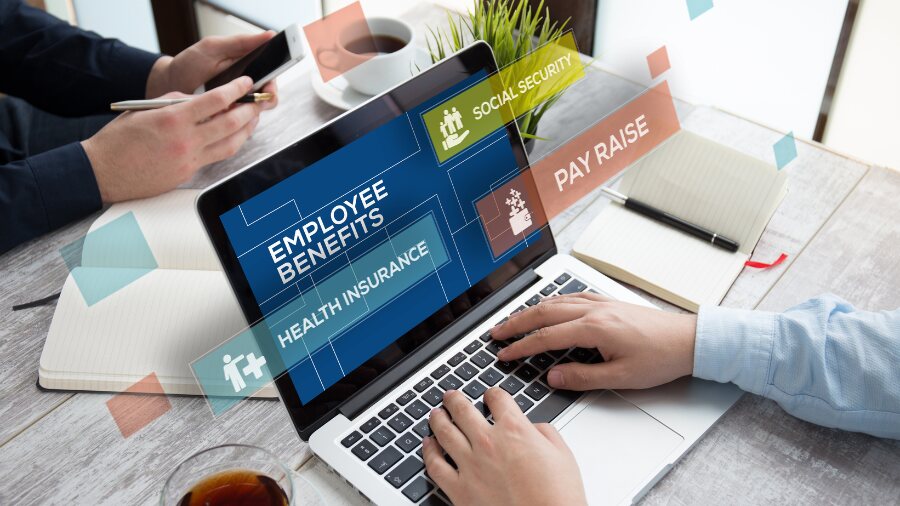1) Cloud Computing
What happens when you have a power surge and all your computer hardware at the office fries? That doesn’t happen because you have surge protectors, right? What about fire or flood? There’s no protection for that – and if you save your company data on your hard drive, or worse – it’s on paper – well. Can you imagine?
The future isn’t coming – the future is here. Cloud computing is nearly a household term and, as more and more accounting activities find a home in the cloud, more real-time insights and statistics become available.
With so many systems already operating in the cloud, invoicing is sure to follow suit. So much of the data you work with every day is pivotal – including your cash flow.
With cloud computing, real-time data is instantly available, which means you can take action immediately if necessary. When you can address issues concerning payments urgently, it works in your favour. You can build a strong reputation for your company, its partners, and your clients.
Options for invoicing from the cloud have even made their way onto your mobile devices. Mobile invoicing apps make billing your clients even easier–say you or your representative is in the field and ready to make a sale. It can be done by accessing your invoicing application from your smartphone.
According to the GlobalStats StatCounter, an online stat counter, as of 2016, mobile access to the internet exceeded desktop access for the first time. In fact, many companies consider this standard practice today. With Canadian self-employment higher than it’s ever been, many of your reps might already work remotely. When you can leverage the benefits of instant sales, you’re happy and so are your clients.



